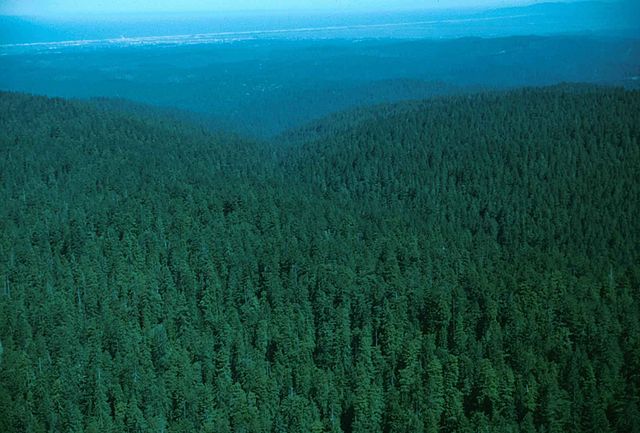
The International Day Of Forests
The International Day Of Forests Falls On The 21st Of March
Think forests and you may think of lush greenery, long walks and dense canopies of trees with wildlife species aplenty. And you’d be right; forests are great green spaces which provide vital habitats to support life on Earth. The 21st of March is the International Day of Forests and will celebrate our beautiful forests across the world. As such, here are some interesting facts about our world’s diverse woodland areas.
Coverage
Forests are home to animals and plants and cover 31 percent of the world’s total land area. According to the UN Environment Programme, they are home to 60,000 different tree species. They help to reduce the amount of greenhouse gases in the atmosphere and do this by absorbing carbon dioxide. According to Forest Research, the area of woodland in the UK as at 31 March 2022 is estimated to be 3.24 million hectares. This represents 13% of the total land area of the UK. But how does this compare to our neighbours in Europe? The UK is the second least wooded country in Europe after Ireland. Europe’s average tree cover is 44%.
The largest forest in the UK is believed to be Galloway Forest Park, Dumfries & Galloway, Scotland at 297 square miles, which is home to over a million trees and a designated Dark Skies Park. It is home to golden eagles, hen harriers, otters, red deer, red squirrels, wild goats, roe deer and fallow deer amongst other species.
Sweden, at the other end of the spectrum, is a true land of forests; it has largest forest cover in Europe with about 28 million hectares, representing almost 70 percent of the country’s total surface area. Forests are believed to cover around 4 billion hectares or 30 percent of Earth’s land surface.
Around 1.6 billion people around the world depend on forests for their livelihoods and daily subsistence needs. Quantifying how many people are employed in the forestry sector is not an easy exercise. However, it is believed, according to Forest Machine Magazine, that 33 million people are employed in forestry throughout the world.
The largest forested area is located in the Russian Federation, constituting a huge 81% of Europe’s forests. The Taiga, also known as Russian Boreal Forests, at approximately 12 million km2, represent the largest forested region on Earth. The Taiga comprises birch, pine, spruce and fir trees, along with with some deciduous species.
Trees Support Us, We Need To Support Them
A tree can sequester up to 150 kilograms of carbon dioxide per year. We know forests are home to more than three-quarters of the world’s life on land. Approximately 750 million people, including 60 million Indigenous people, live in forests, too. Everything that lives in a forest makes its up its ecosystem. The biodiversity found in these ecosystems is truly amazing. More than 80% of the plants, animals and insects living on land can be found in the world’s forests.
However, as we know, the world’s forests are in need of our help. The world loses almost six million hectares of forest each year to deforestation. That’s similar to an area the size of Portugal every two years. The main cause of forest degradation is illegal and unsustainable logging.
Find out what you can do to help protect our world’s forests, visit the International Day of Forest’s website here.